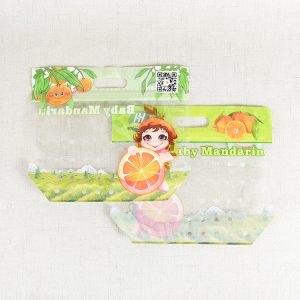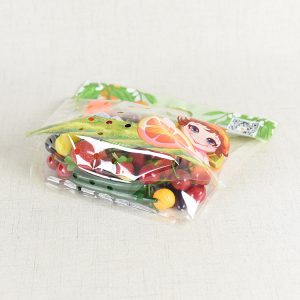- Cardboard: Cardboard is a thick and rigid paper-based material. It is commonly used for bread packaging boxes because of its strength and ability to protect the bread from damage during transportation and storage. Cardboard boxes provide a sturdy structure that can hold the weight of the bread without collapsing.
- Paperboard: Paperboard is a type of thick paper-based material, often referred to as “chipboard” in North America. It is less rigid than cardboard but still provides a decent level of protection for bread products. Paperboard is lightweight, making it ideal for packaging applications where weight matters.
Both cardboard and paperboard can be easily printed on, allowing bread manufacturers to add branding, logos, product information, and attractive designs to the packaging. Additionally, these materials are relatively eco-friendly and can be recycled, contributing to sustainable packaging practices.
For more specialized applications or premium bread products, manufacturers may also use other materials, such as corrugated cardboard for added strength or transparent materials like plastic or cellulose-based films for windowed packaging.
It’s important to note that the specific material used for bread packaging may vary depending on regional regulations, sustainability efforts, and the preferences of individual manufacturers or bakeries. Some companies may opt for eco-friendly or biodegradable materials to align with consumer demands for more sustainable packaging solutions. As consumer preferences and environmental considerations continue to evolve, the choice of materials for bread packaging may also change over time.








